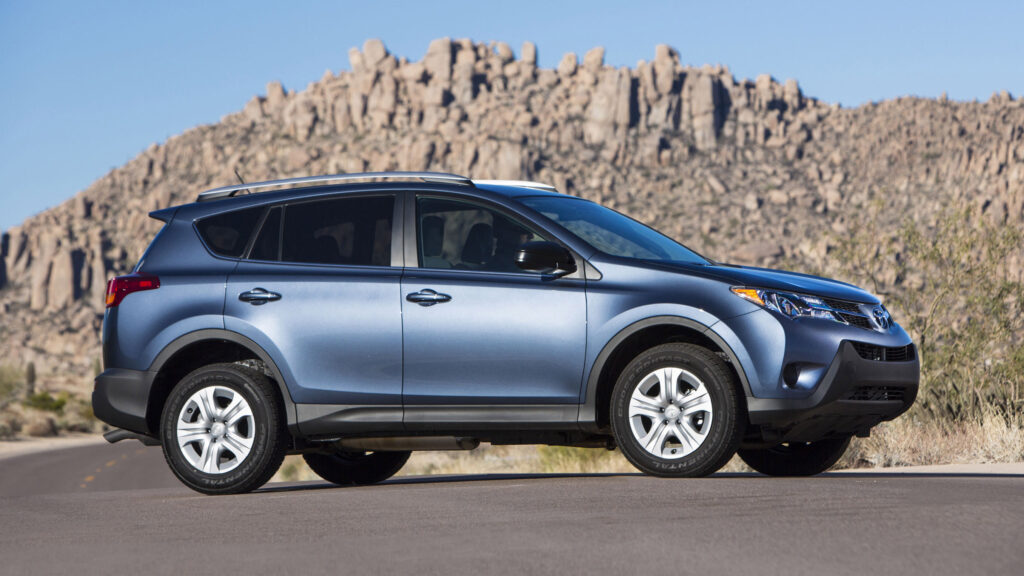Aging Cars

The automotive landscape in the United States has been evolving dramatically, with the average age of vehicles on American roads hitting a record high of 12.8 years as of 2025. It’s like a trip through a car show from the 2010s every time you see a row of vehicles on the highway. Part of this trend is due to the steady scrappage rate of 4.5%, which balances out the introduction of newer models and keeps older cars in the fleet longer.
Why It Matters

America’s fleet consists of 289 million light vehicles, and while 2024 saw a resurgence in new car sales with 16 million units sold, the fleet’s age continues to climb. Interestingly, passenger cars are becoming the old-timers of the fleet, averaging 14.5 years. Light trucks fare slightly better at 11.9 years. Electrified vehicles are a different tale, with battery-electric cars now averaging about 3.7 years old, while plug-in hybrids hover at 4.9 years. Traditional hybrids have seen a dip to 6.4 years, indicating an uptick in newer hybrid purchases.
Despite these figures, there is a distinct shift towards trucks and SUVs, which consistently outsell sedans. States like Montana lead the charge in maintaining older vehicles than the national average, particularly in regions such as the Northern Plains and Gulf Coast. This demonstrates not just economic resilience but also a deep-rooted preference for enduring the long haul with vehicles.
Aftermarket Gains

The rising average vehicle age signifies golden opportunities for the aftermarket industries. Vehicles rolling off warranties enter a repair and parts service phase, fortifying service bays across the nation. As more drivers maintain and repair older cars, the aftermarket sector—independent shops, service providers, and part suppliers—stands to gain substantially. This older car renaissance is almost like a jackpot for these businesses.
What these older vehicles bring is not just reliability in purpose but also serve as a hallmark of how the market reacts to economic shifts—a testament to durability and a slower, more measured approach to embracing new models. For anyone watching the trends, it paints a picture of resilience that continues to shape how Americans interact with their cars. Whether it’s missing out on the monthly new car payment or keeping a car running smoothly with a few repairs, this trend has layers worth unfolding in the years to come.
Tesla Cybertruck Slump
China's EV Revolution
EV Charger Shortage
BMW Unveils Speedtop
Alfa Icon Reinvented